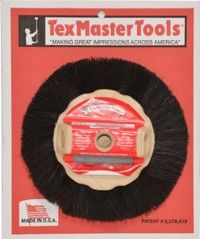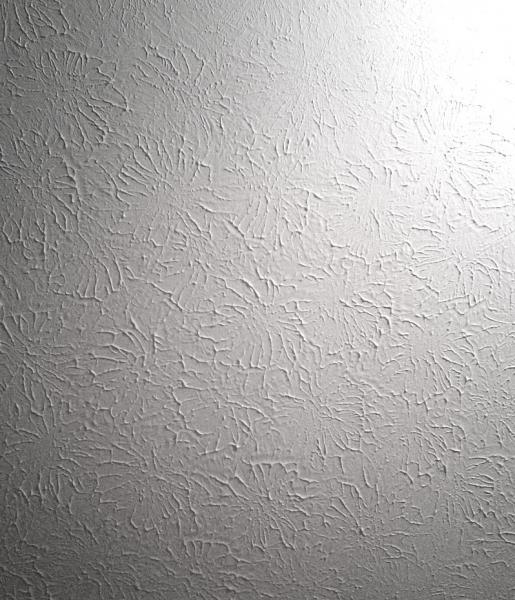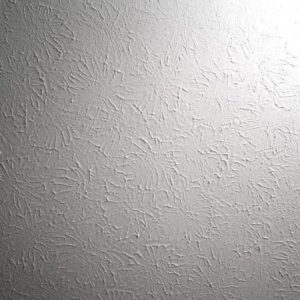I have an 8″ Tex Master stomp brush which I assume will match this texture IF I get the mud consistency right and get my stomping technique down. But what I’m uncertain about is do I have to scrape down the texture around any repair area so I don’t get double “stomps” in some places?
If I do, how far out from the repair do I need to scrape? I created another post about a repair problem in this ceiling but wanted to keep this separate because it’s a separate issue.






















Replies
j
If the brush is correct for what you got (size and stiffness of bristle), you should experiment on a pc of drywall till you get it close.
prior, you can attempt to scrape down the high spots or nubs that will screw with your patching coats.
after you're satisfied with your patching coats, you can sand the patch itself. However, finish blending in by sponging or damp rag scrubbing around the patch, removing some of your new mud buildup. Don't get in too close to you new taped repair area so you screw that up. Stay out at the perimeter. You're trying to blend the smooth patch into the original texture.
now you are ready to dob texture. Do it as thick as your original texture and blend that into what's already there......the brush is almost "dry", that is it has less mud on it and thins naturally into the original.
throw in the zen thing and make yourself the guy that did the work in the first place
that rotten basterd
I read what you wrote a couple times and it sounds like you're saying there's no need to scrape everything down to base drywall for maybe a foot or so outside the patch.
Just cut down enough that you can do a clean patch then blend the edges in to the original texture with a sponge or rag. The new texture isn't going to be much bigger than the patch itself with a little fade out to the old texture.
I'd almost rather hand mud a closet than try to duplicate a ceiling texture and make the patch invisible.
sorry for my non-understandable post.
drywall in repair or renovation is knowing what's works and the steps you take to get there. You also have to know your limitations and not dwelling on things you can't change. One step after another, keep each step clean, forget about sanding till the end.
you decide how far to scrape, but remember what you want to achieve when you do. Sometimes you just make the work bigger. You're going to stop somewhere, you pick the place.
go up to the old texture full bore, then dry blend out. You'll know the place to quit. The mix you make has to be the same, look the same...........on old work with many coats of paint you have to get the mix further to look like those layers of paint. Get the mix right
measure the scoops of bucket mud and cups of water added. Measure dry mix the same way. Keep track of it till you get it right so you can repeat the mix.
an addendum. I always use original Durabond for the first tape setting (or trims) coat. Won't sand, dries hard. Isn't prone to cracking or shrinking as much.
thats all part of the process.
best of luck